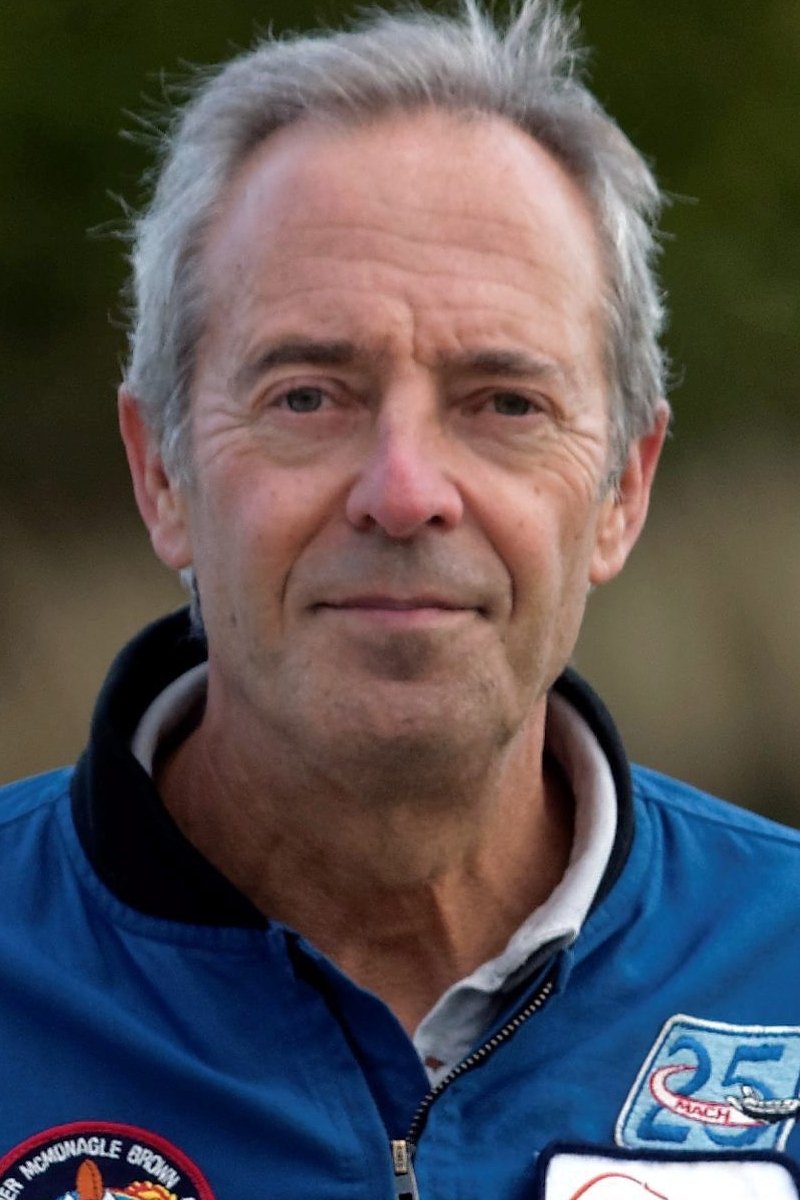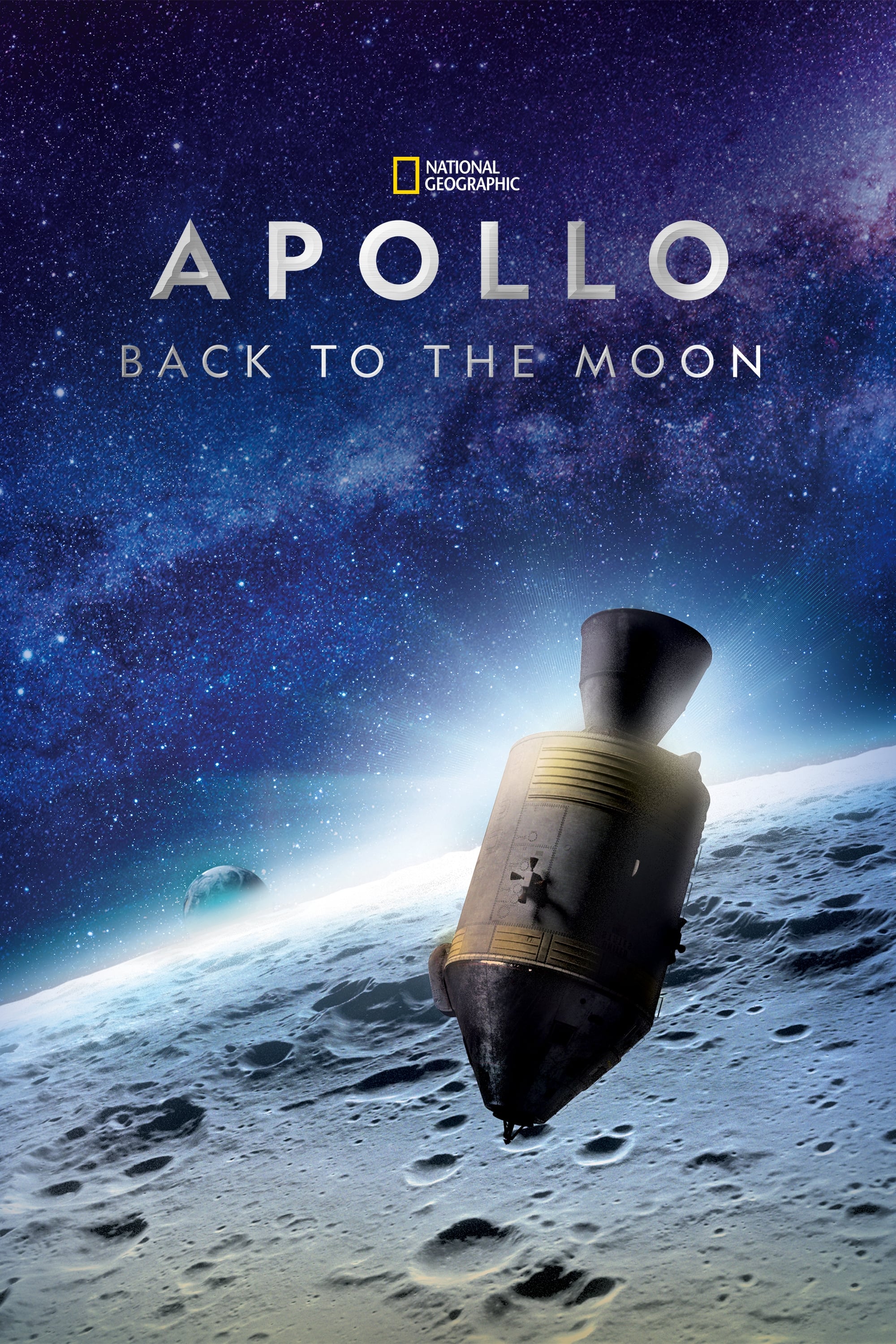

Jean-François André Clervoy (born 19 November 1958) is a French engineer and a CNES and ESA astronaut. He is a veteran of three NASA Space Shuttle missions. Clervoy was born 19 November 1958 in Longeville-lès-Metz, France, the son of Mireille Lemonde and Jean Clervoy, a former French Air Force pilot. From an early age, he took an interest in space exploration and dreamt of becoming an astronaut: "When I was in second grade, Clervoy says, my teacher used to tell us that when we would be grown up, we would be able to fly in space, the same way he was able to buy a ticket to go to the United States." While born in the French region of Lorraine, Clervoy considers Toulouse to be his adopted hometown. He has a twin brother, Patrick Clervoy, a military psychiatrist. He received his baccalauréat from Collège Militaire de Saint-Cyr-l'École in 1976; he passed Math. Sup. and Math. Spé. M' at Prytanée Militaire, La Flèche in 1978. He graduated from École Polytechnique, Paris, in 1981. He then became a member of the Corps of Armament. He graduated from École nationale supérieure de l'aéronautique et de l'espace, Toulouse, in 1983; he graduated as a Flight Test Engineer from École du personnel navigant d'essais et de réception, Istres, in 1987. In 1983 Clervoy was seconded from the Direction générale de l'armement (DGA) to CNES (French Space Agency) where he works on autopilot systems for various projects such as the earth observation satellite SPOT, the optical inter-satellite space link STAR, or the comet probe VEGA. Clervoy is Ingénieur Général de l'Armement in the Corps of Armament at the DGA. He was selected in the second group of French astronauts in 1985 and started intensive Russian language training. From 1987 until 1992 he directed the parabolic flight program at the Flight Test Center, Brétigny-sur-Orge and provided technical support to the European human space program within the ESA Hermes crew office in Toulouse. From 1983 to 1987, Clervoy was also a lecturer in signal processing and general mechanics at the École nationale supérieure de l'aéronautique et de l'espace, Toulouse. In 1991, he trained in Star City, Moscow, on the Soyuz and Mir systems. In 1992, he joined the Astronaut Corps of the European Space Agency (ESA) at the European Astronaut Center EAC in Cologne. In August 1992 Clervoy was detached to the NASA Johnson Space Center/ Houston to gain the Space Shuttle mission specialist qualifications. In between his space flights, Clervoy was assigned as flight software verification lead in the Shuttle Avionics Integration Laboratory (SAIL) and as robotics display design lead for Shuttle and ISS. After his third spaceflight, he was assigned as the International Space Station display integration lead in the NASA-JSC Astronaut Office. He flew twice aboard Space Shuttle Atlantis and once aboard Discovery or a total of 675 hours in space. Due to the difficulty that American astronauts had in pronouncing his name, Clervoy was nicknamed "Billy Bob." From 2001 through 2008, he was assigned Senior Advisor Astronaut of the Automated Transfer Vehicle ESA project in Les Mureaux (France). In 2008, he was also appointed member of the selection board for the new ESA astronaut class. ... Source: Article "Jean-François Clervoy" from Wikipedia in English, licensed under CC-BY-SA 3.0.

The Hubble Space Telescope has spent more than 30 years...

irected by François Pomès, this two-part documentary chronicles the epic...